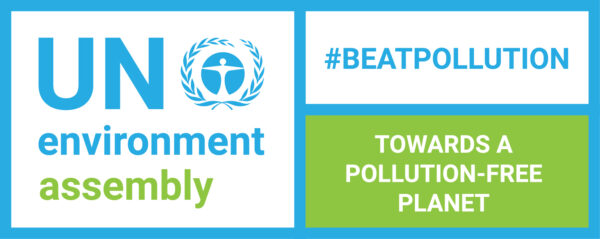UN Environment Assembly
The United Nations Environment Assembly (UN Environment)
The United Nations Environment Assembly (UN Environment) is the governing body of the UN Environment Programme. It has universal membership of all 193 United Nations Member States, allowing for the broadest participation in designing solutions for the earth’s health. Through its ministerial declaration and resolutions, the Assembly provides leadership, catalyzes intergovernmental action on the environment, and contributes to the implementation of the UN’s 2030 Agenda for Sustainable Development (SDGs).
The United Nations Environment Assembly was created in 2012 at the United Nations Conference on Sustainable Development, also referred to as RIO+20, when world leaders called for UN Environment to be strengthened and upgraded. It embodies a new era in which the environment is at the center of the international community’s focus and is given the same level of prominence as issues such as peace, poverty, health, and security. Its establishment was the culmination of decades of international efforts, initiated at the UN Conference on the Human Environment in Stockholm in 1972, and aimed at creating a coherent system of international environmental governance.
The Assembly meets biennially in Nairobi, Kenya, to set priorities for global environmental policies and develop international environmental law. The United Nations Environment Assembly has had four sessions starting in 2014. The next meeting of the Assembly (UNEA 5) is scheduled to take place February 22-26, 2021.

